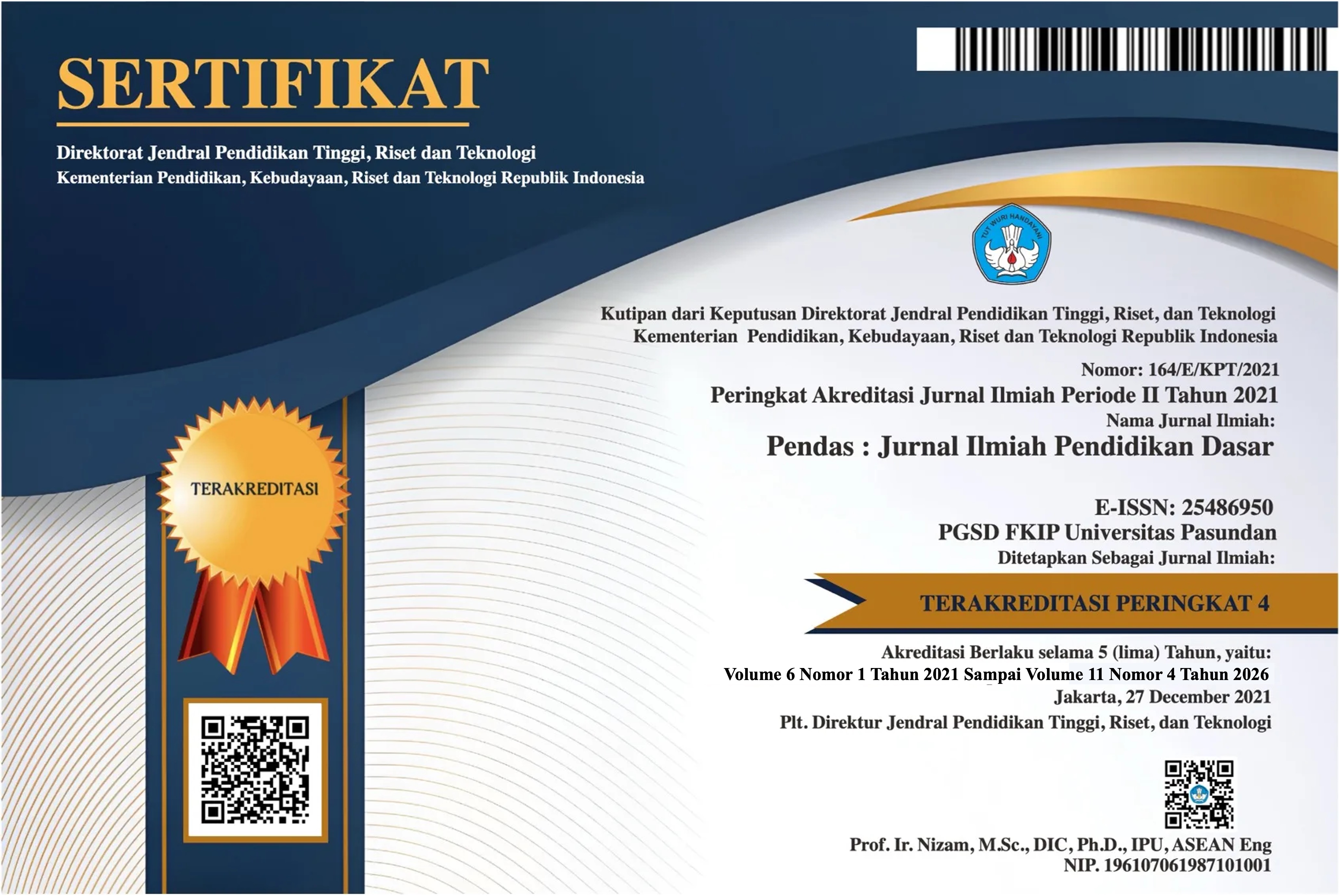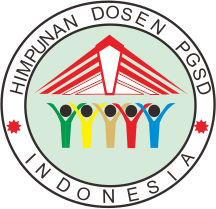Analisis Kemampuan Literasi Numerasi Ditinjau Dari Gaya Belajar Pada Siswa VI SDN 55/1 Sridadi
DOI:
https://doi.org/10.23969/jp.v10i04.35875Keywords:
numeracy literacy, learning styles, elementary studentsAbstract
- This study aims to analyze students’ numeracy literacy abilities in terms of learning styles among sixth-grade students at SDN 55/1 Sridadi. Numeracy literacy is a fundamental skill required in the twenty-first century and is emphasized in the Kurikulum Merdeka as part of the national education goals. The study employed a qualitative descriptive approach to explore how differences in learning styles visual, auditory, and kinesthetic affect students’ ability to understand and solve numeracy-based contextual problems. Data were collected through observation, interviews, and documentation involving selected students representing each learning style. The collected data were analyzed using the Miles and Huberman model, which includes data reduction, data display, and conclusion drawing. The findings show that students with visual learning styles demonstrate better ability in reading and interpreting graphs or numerical data, auditory learners excel in solving problems through listening and verbal explanation, while kinesthetic learners show strength in tasks involving hands-on activities and direct experience. The study also found that students’ strategies in solving numeracy literacy problems varied according to their learning styles, particularly in answering Asesmen Kompetensi Minimum (AKM)-based tasks. These results indicate that teachers should recognize the diversity of students’ learning styles and integrate differentiated instruction in classroom activities. By implementing learning strategies aligned with students’ learning styles, teachers can enhance students’ understanding, engagement, and achievement in numeracy literacy effectively and inclusively.
Downloads
References
Fleming, N. D., & Mills, C. (1992). Not another inventory, rather a catalyst for reflection. To Improve the Academy, 11(1), 137–155.
Hassan, M., & Wijaya, R. (2025). Pengaruh gaya belajar terhadap kemampuan literasi numerasi siswa sekolah dasar. Jurnal Pendidikan Dasar Indonesia, 10(2), 112–122.
Putri, N., & Sari, D. (2024). Analisis hubungan gaya belajar dan hasil belajar numerasi pada siswa sekolah dasar. Jurnal Cakrawala Pendidikan, 43(1), 67–77.
Wahyuni, D. (2020). Hubungan gaya belajar dengan hasil belajar matematika pada siswa sekolah dasar. Jurnal Ilmiah Pendidikan Dasar, 7(2), 89–97.
Downloads
Published
Issue
Section
License
Copyright (c) 2025 Pendas : Jurnal Ilmiah Pendidikan Dasar

This work is licensed under a Creative Commons Attribution 4.0 International License.


















